Transition Requirements
Once a student graduates or ages out of the school system, the support and structure the system offered is no longer available. The completion of high school is a time of excitement in a young person’s life and their family, but also can be scary. Due to many transition requirements, many individuals with autism struggle with change from secondary education to adulthood. Transition can be daunting. A student with disabilities who has not been prepared for this change and does not have a plan could be left sitting at home on a couch with few prospects. Secondary Transition refers to the process of preparing students with disabilities for adult life.
Transition requirements are spelled out in the Individuals with Disabilities Education Act (IDEA) and specify that there must be coordinated, measurable, annual goals and transitional services that will reasonably enable the student to meet post-secondary goals. This process must begin by age 16, although some states require it to start at age 14. A section in the IEP, called the Independent Transition Plan (ITP), is designated to describe the goals for adulthood. The process of the assessment and identification of goals yields an increased likelihood that children with autism will be prepared for adult life. The transition assessment must be age-appropriate and should identify the student’s needs based on his interest and preferences. In order to be useful, these goals must be realistic and feasible; therefore they should have a foundation in accurate assessment and should reflect an informed understanding of the child’s aspirations. Using information from the transition assessment, a plan can be created that aims toward post-secondary education, career, and independent living (when appropriate).
The measurable goals delineated in the ITP should result in transition services to be provided by the school district. These services need to consist of a coordinated set of activities that are aimed at the student’s individual goals and are focused on improving academic and functional achievement, which will facilitate the transition from school to activities such as post-secondary education. Post-secondary education might include vocational education, integrated employment, continuing adult education, adult services, independent living and/or community participation. Goals must be based on the individual child’s needs and take into consideration the child’s strengths, preferences and interests that are established through the transition assessment. (IDEA 2004, https://sites.ed.gov/idea/).
Preparing for adulthood is essential for all young people, but for individuals with ASD this process is even more important. The school’s responsibility for secondary transition includes the following components:
Transitioning to Adulthood Checklist
Transition Assessment: Schools must provide an assessment that is age-appropriate and related to education or training, employment and when appropriate independent living. The assessment is an ongoing process and can include formal assessments such as adaptive behavior and daily living skills assessments, interest inventories and employment skills tests. Informal assessments such as interviews, questionnaires and direct assessments are often included.
The ITP portion must include measurable postsecondary goals in the following areas:
Education and/or training-
Education: community college, university, technical/trade/vocation school
Training-vocational or career field training, apprenticeship, On-the-Job Training (OJT)
Employment-
Paid employment, non-paid employment or military
Independent living, if appropriate
Independent living skills, health/safety, financial/income, transportation/mobility, social relationship, recreation/leisure, self-advocacy/future planning
Each goal must indicate the type of instruction, related services, community experience or development of employment or other post-school objectives.
The IEP/transition plan needs to include a course of study that will reasonably enable the student to meet his or her post-secondary goals.
The student must be invited to the IEP meeting.
Post-school service providers should be invited to the IEP meeting, especially as secondary education is ending.
Post-secondary goals need to be updated annually ensuring that each goal was addressed and updated goals documented in the current IEP.
“Originally published by Autism Parenting Magazine at www.AutismParentingMagazine.com.”
